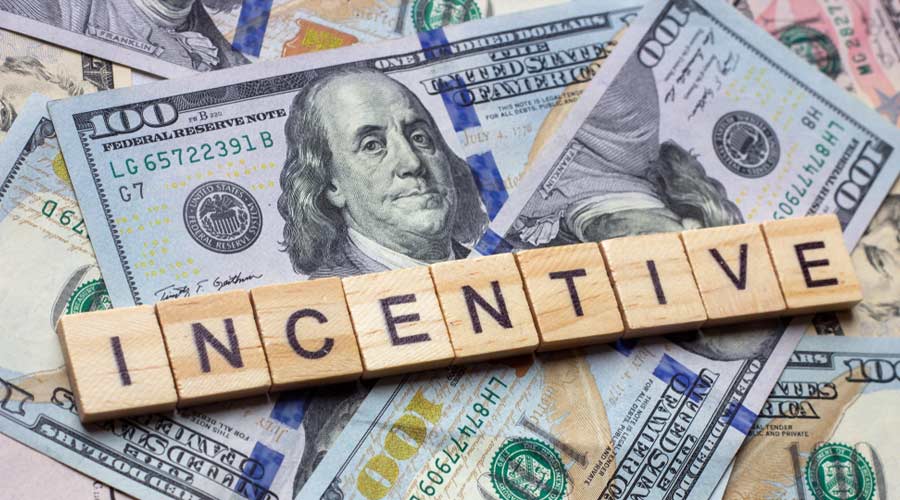
Proper incentives can drive certain types of behavior in your cleaning business. This is rooted in human nature — we want to see the fruits of our labor, and motivation happens, in part, by the possibility of greater gain. For this reason, businesses have long relied on some form of extra compensation to motivate employees to perform. But what is the best compensation structure?
Should you share profits? Should you have a bonus structure? Should bonuses be based on anything measurable?
For several years, I was an advocate of what we called “Branch Boards”. This was basically a quarterly profit-sharing system. We would establish a profit goal for the branch (revenue - direct expenses - indirect expenses = net profit). For every dollar that was made above the profit goal, the “branch” would get to keep 40 percent. The branch manager would get around half of this money and the other managers would split the rest.
This was a good system, but it had one big drawback. Our team was so focused on profit that other important items were being neglected. When the pandemic happened, there was so much money being made in disinfecting work, that branch managers naturally shifted their focus to this area. When the disinfecting work dried up, we were left with wages that had gotten out of control and customers who hadn’t been taken care of. Financial consequences followed.
In response, we devised a new bonus structure that was more balanced. While profit is certainly one important metric to success, it is not the only one. For us, employee retention and customer satisfaction ranked high as priorities, therefore, these metrics needed to be incentivized along with profit.
We developed a bonus system that has certain bonus amounts for hitting each of the three goals (profit, employee retention and customer satisfaction). If you hit the profit goal for the quarter, you receive the corresponding bonus. If you hit the retention and customer satisfaction goals, the same applies — three metrics with three different bonus amounts.
This new structure has proved beneficial and created more consistency and stability in our organization.
For those who are wrestling with how to compensate managers, here are a few points for your consideration. First, remember that every incentive will drive certain behaviors. Identify what behaviors and outcomes are important and develop incentives around them.
Second, to avoid lopsided results, ensure metrics are varied. Incentivizing metrics doesn’t need to be an either/or situation. Your company can incentivize profit and customer satisfaction, employee retention and budget hours.
Third, keep your incentives simple. The clearer they are, the higher the engagement.
Finally, ensure your metrics are scalable. If you currently have three managers, consider whether the incentive program will work with six or 10 managers. If a program can’t scale, it probably needs to be tweaked.
Jordan Tong is a BSC consultant and founder of Elite Business Coaching, in addition to being a third-generation owner of Frantz Building Services based in Owensboro, Kentucky. For more information on his coaching services, visit www.elitebusinesscoaching.net.

 The Down and Dirty on Cleaning in Virus Season
The Down and Dirty on Cleaning in Virus Season How Surfactant Use is Expanding in Commercial Cleaning
How Surfactant Use is Expanding in Commercial Cleaning Maximize Your Margins: Learn How to Automate Pricing and Track Rebates
Maximize Your Margins: Learn How to Automate Pricing and Track Rebates